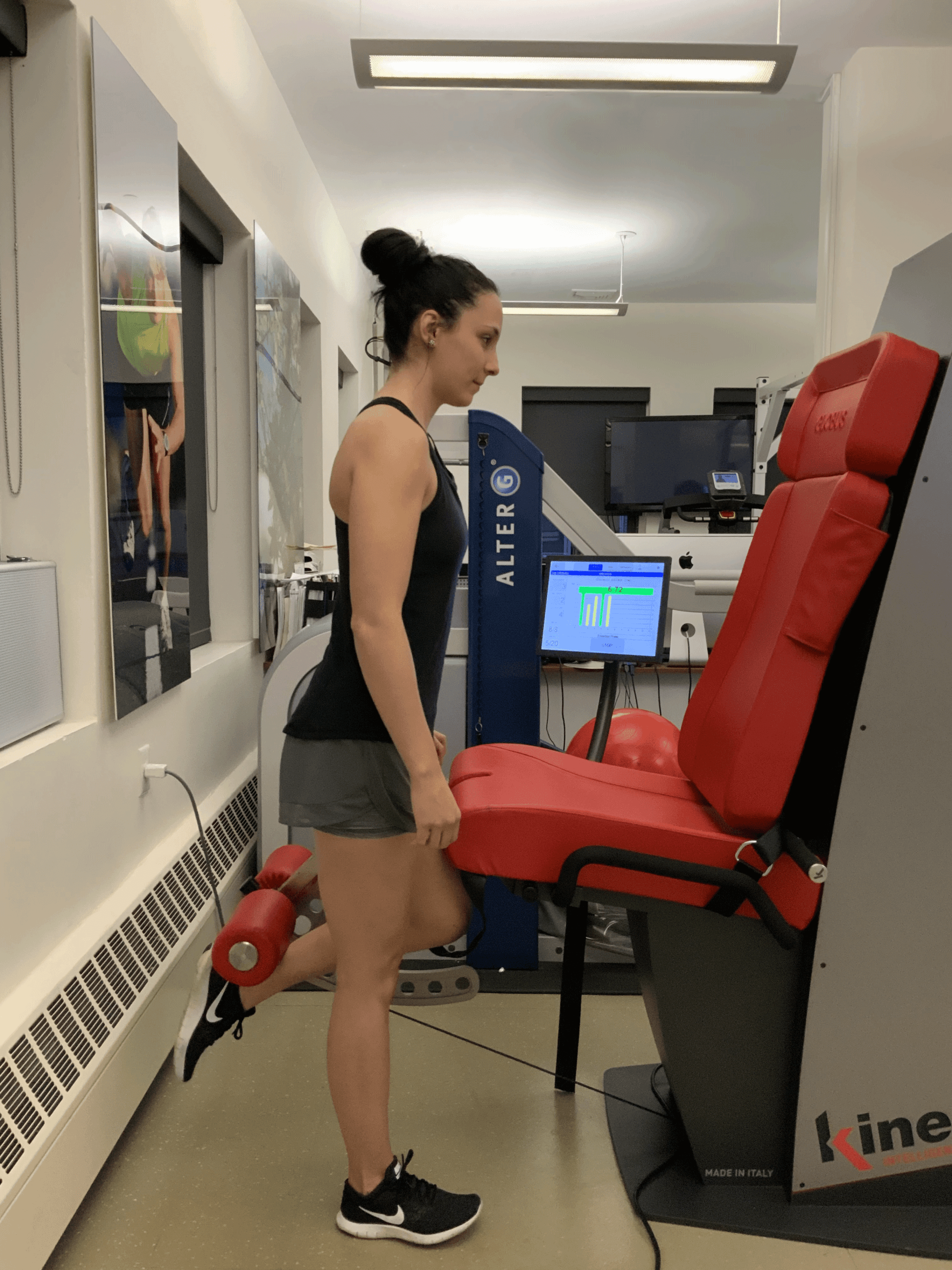June 28, 2024

Hamstring strains are common in sports like football, soccer and other sports that demand high speed kicking, rapid directional changes, and quick deceleration. Dancers are also prone to hamstring strains, with 34 percent reporting at least a single incident.
Once an athlete injures a hamstring, re-injury risk goes up, causing the athlete to play. The risk remains elevated for an entire year.
Considering the high stakes of hamstring strains, much research has been devoted to a repeat hamstring injury.
Because the hamstrings are made up of three long muscles that act at both the hip and the knee, hamstring injuries should not be painted with a broad brush, but should be given individualized diagnosis and treatment.
Three factors that influence the location and severity of hamstring injuries include:
Playing sports has its own inherent risks, but certain things can up the ante for hamstring injuries.
Hamstring injuries can be diagnosed with a patient his to speed up the athlete’s recovery.
There is a great deal of incentive and pressure for an athlete to play can result in re-injury that can be career ending.
Fear of re-injury is an often overlooked factor responses.
The time necessary for rehabilitation varies with each individual athlete. Besides structural healing, the athlete’s confidence in their ability tored.
Effective rehabilitative treatment strategies include:
Effective and thorough rehabilitation is key to play with confidence.
At our Manhattan sports rehab clinic, we use state-of-the-art technologies to diagnose and retrain sports injuries. Diagnostic real-time ultrasound, 3D motion capture force plate technology, C.A.R.E.N, our virtual reality rehab environment and other technologies are available on-site. We use innovative therapies like DNS, shock wave therapy, dry needling and other treatments that can only be found at NYDNR.
For your best shot at returning today.

Dr. Lev Kalika is a world-recognized expert in musculoskeletal medicine. with 20+ years of clinical experience in diagnostic musculoskeletal ultrasonography, rehabilitative sports medicine and conservative orthopedics. In addition to operating his clinical practice in Manhattan, he regularly publishes peer-reviewed research on ultrasound-guided therapies and procedures. He serves as a peer reviewer for Springer Nature.
Dr. Kalika is an esteemed member of multiple professional organizations, including: